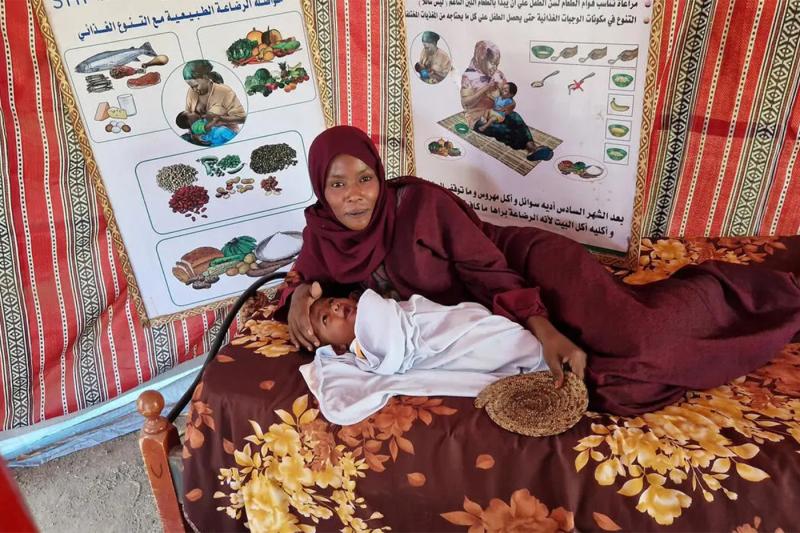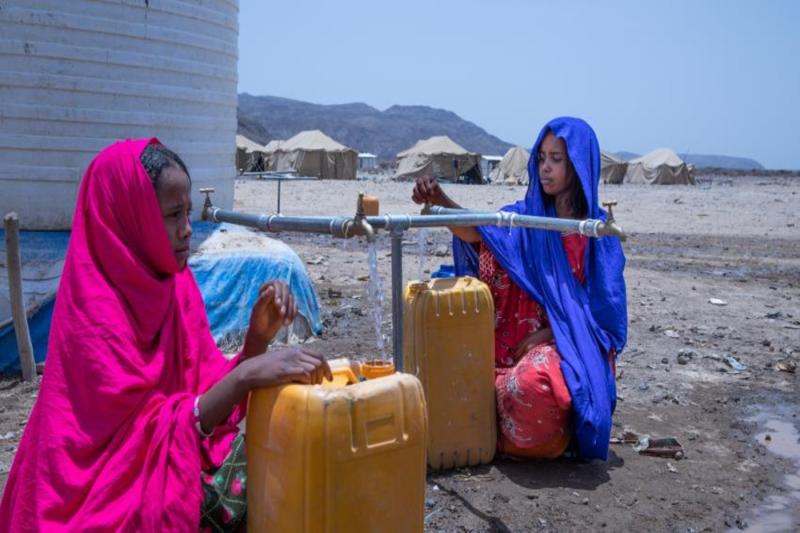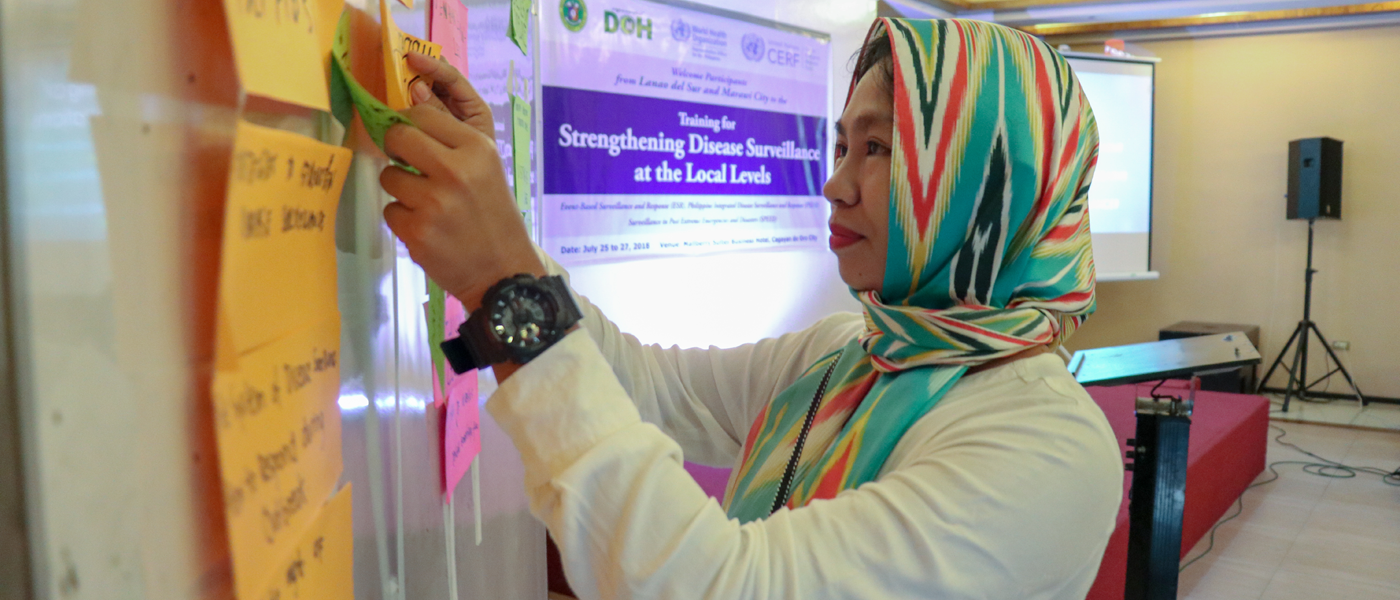
CERF helps tackling remaining health needs after Marawi conflict
Two years after the Marawi conflict in the southern Philippines devastated the lives of hundreds of thousands of people, health concerns remain high, particularly among the more than 70,000 displaced people living in evacuation centers, transition sites or relatives’ homes.
Many health facilities remain in poor condition after the conflict. “The situation has been challenging for our health. It is cold at night and extremely hot during the day. Right now, we have no livelihood so it's difficult to get sick because we have no money to buy medicines. If you are not here and there is no offer of free check-ups and medicines, what will happen to us?” shared Amenorain, living in a transition site in Marawi City with her two children, Atikah and Jaish.
With support from CERF, the World Health Organization (WHO) worked alongside the local government of Marawi to ensure access to essential health services and strengthen disease surveillance and outbreak control. More than six health facilities were rehabilitated.
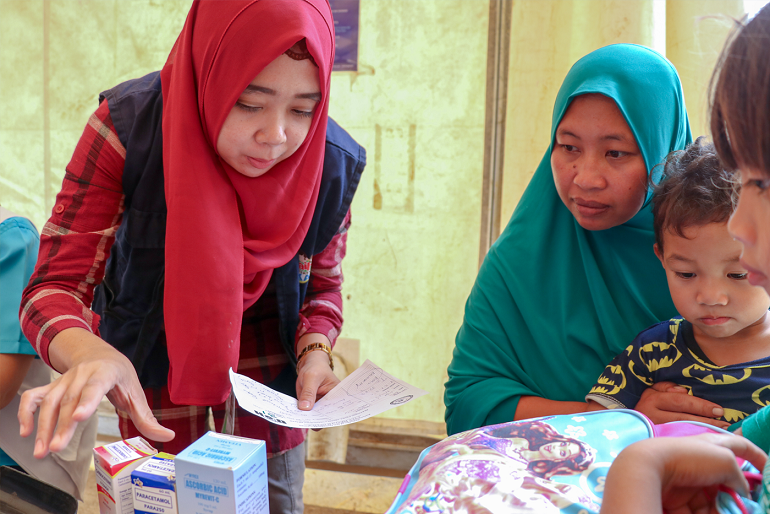
To help strengthen the delivery of health services and disease surveillance in the affected communities, WHO strengthened the capacity of local health workers through various workshops. Over 140 local health workers were trained on mental health and psychosocial support, health emergency management and health planning in disaster risk reduction. Over 60 health staff were also trained on disease surveillance and specimen handling for cholera.
“We had a unified assessment tool as one of the convergence activities among the health CERF partners. So, all agencies converged to do one monitoring. We evaluated and monitored the challenges we faced during project implementation, how far have we covered, and if we reached our targets,” said Julie Villadolid, WHO Philippines’ project coordinator for the Marawi conflict.
WHO also conducted client feedback interviews during the health and nutrition outreach.“So far we had positive responses from the clients we interviewed. They were very thankful for our activities,” added Julie.
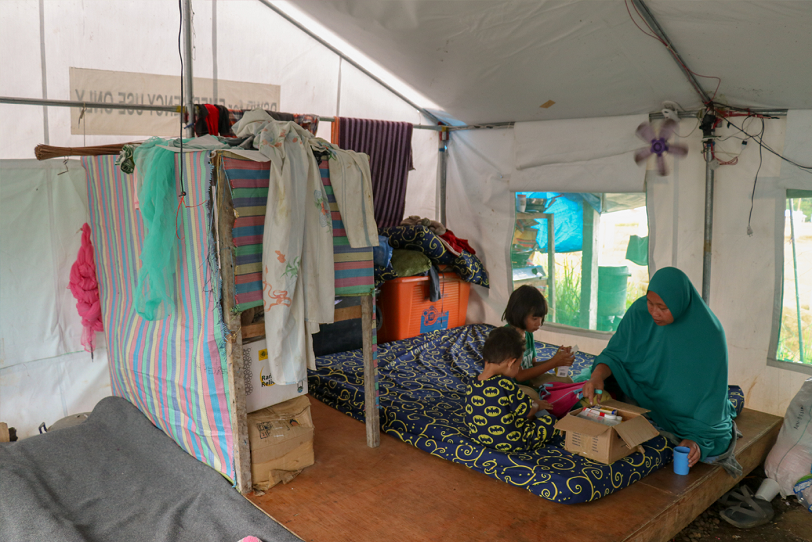
While the health system is returning to normal, the affected communities will continue to need support for their health needs and longer-term rehabilitation. As Julie explained: “We still have remaining IDPs who have not yet returned to their areas either from the evacuation centers, the transitory sites, the transfer sites and the home-based IDPs. There will still be health needs among the internally displaced population and the host communities.”

